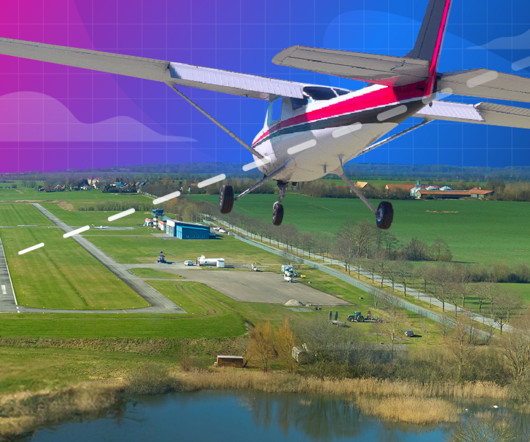Heads-up, hands-free: How to use iPad audio alerts for safer flights
iPad Pilot News
MARCH 11, 2025
The alert will only sound once every 60 seconds and is automatically disabled if groundspeed is less than 40 knots. Runway Final Approach Alert – Alerts when approaching any runway, based on altitude, vertical speed, track, and when within 4 nm of the runway threshold. AGL after having been above 1,000 ft.












Let's personalize your content